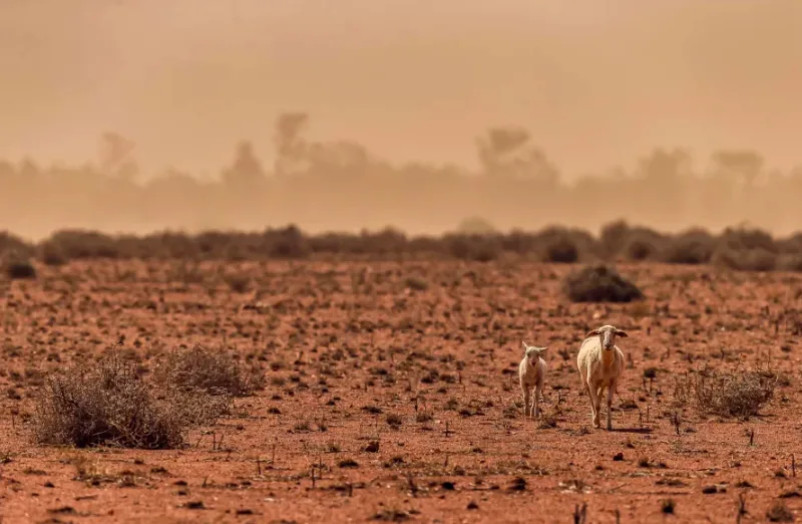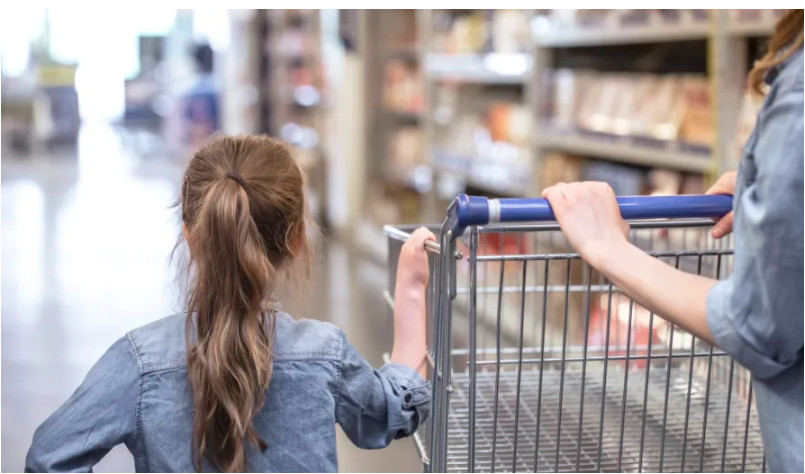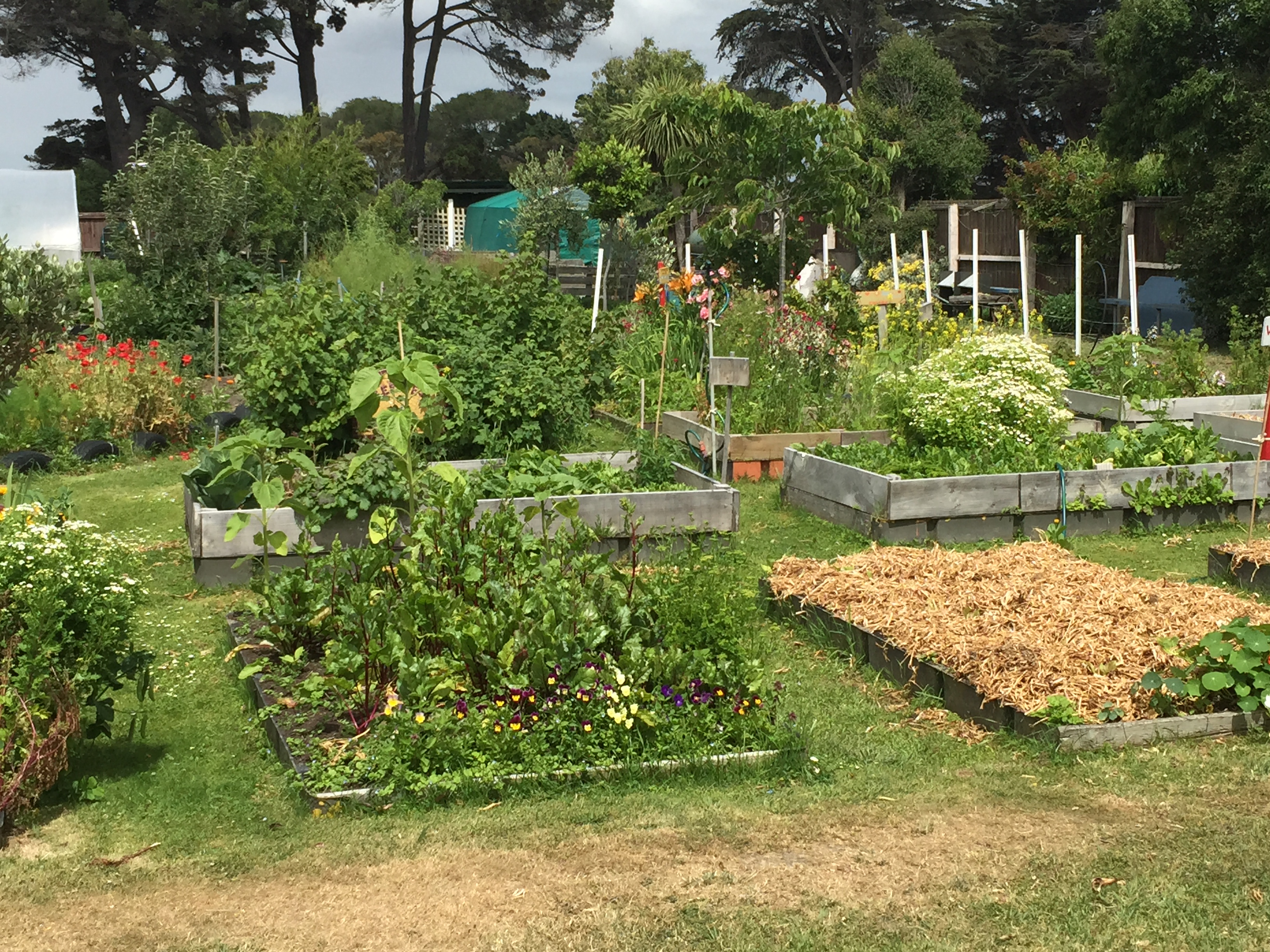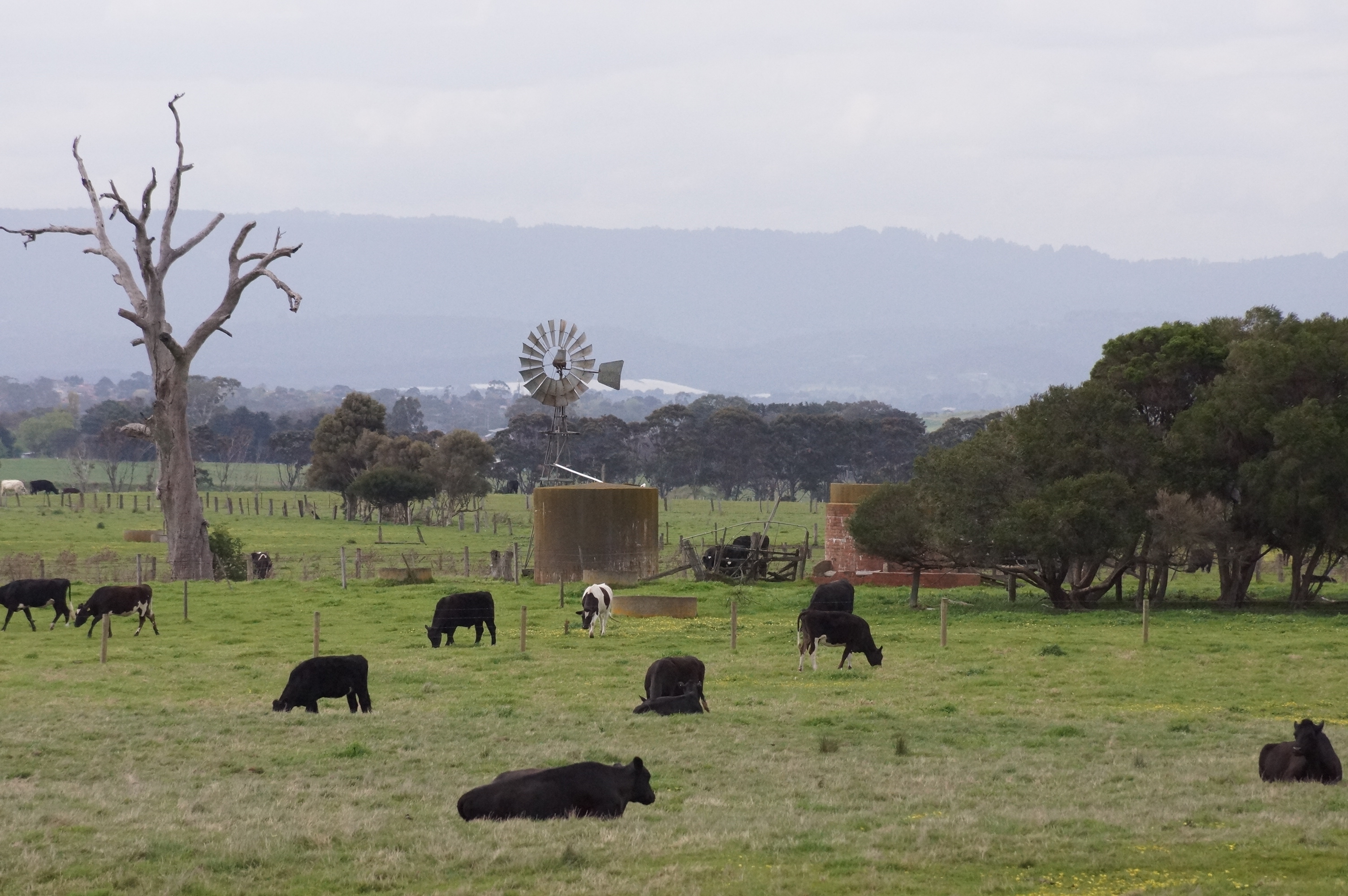
Environment
The global problem of thirsty cities

Shocks to our food supply, like COVID-19, provide an opportunity to transform our food systems in a way that is healthier, more sustainable and equitable
Published 29 March 2020
In Australia we are used to full supermarket shelves brimming with a constant supply of our favourite foods all year.
But 2020 has made shoppers aware that events like extreme heat, drought, bushfires and pandemics can disrupt food supplies.
Extreme heat and drought over the Australian summer affected the quality and availability of fresh produce like broccoli and salad vegetables.

Bushfires in January also caused devastating loss of livestock and crops and led to road closures that reduced the availability of some foods in stores.
Now ‘panic buying’ has emptied supermarket shelves of store cupboard staples like rice, pasta and some canned foods.
Consumers are concerned about potential food shortages due to the COVID-19 pandemic, despite assurances that there are no issues with food supply chains other than temporary disruption caused by the sudden increase in demand.

Environment
The global problem of thirsty cities
Australia’s food supply chains are well placed to meet demand during the COVID-19 pandemic, because the nation produces so much food.
More than 90 per cent of the fruit and vegetables, meat, dairy and eggs sold in supermarkets are produced domestically. We also export large surpluses of beef, dairy, wheat and some fruits that provide a useful buffer during supply shocks.
But disruptions can still impact Australian supply chains and lead to temporary food shortages. This happened during the 2010-11 Queensland floods when farms were inundated, Brisbane’s main wholesale market flooded, and major highways were closed.

Supply shocks can also lead to spikes in food prices, and when prices rise, people on low incomes and those who already food insecure are most affected.
More frequent shocks to the food system are increasing the focus of researchers and policy makers on the resilience of food supply chains.

Environment
We can have urbanisation and enough to eat
There are different ideas about what a resilient food system is.
In general, it’s the capacity for the food system to withstand and adapt to a shock like a pandemic, flood or bushfire emergency, while continuing to supply people with enough healthy food.
Some cities have carried out assessments of the vulnerabilities of their food systems to shocks and stresses.
Toronto in Canada, Boston and Baltimore in the United States have identified where their food systems are vulnerable to events such as flood, heat wave or major snowstorms.
This enables them to take action to make their food systems more resilient. Baltimore’s food resilience strategy aims to improve all citizens’ access to food.
In New Zealand, after the 2010-11 earthquakes, community groups in Christchurch formed a Food Resilience Network, with a vision to create “a patchwork of food producing initiatives based around local hotspots and linked together like a ribbon woven into the fabric of our communities”.
Both the Christchurch and Baltimore initiatives aim to help communities adapt to food system shocks by increasing local access to fresh, healthy food.

One of the ways that they do this is by encouraging more urban food production - in community gardens, orchards, schools and backyards. Interest in community food initiatives is also growing in Australian cities.
The Foodprint Melbourne research team at the University of Melbourne is collaborating with stakeholders to assess the vulnerabilities of Melbourne’s food system to shocks and stresses.
This assessment is a first for an Australian city and aims to inform policy to strengthen the resilience of Melbourne’s food system.

Sciences & Technology
The grand challenge of feeding 9 billion people
Shocks to our food supply teach us how we can prepare to withstand and bounce back from them in future. But they are also an opportunity to transform food systems, so that they can continue to supply people with food through shocks and stresses, but in a way that is healthier, more sustainable and more equitable.
Importantly, these shocks have the greatest impact on people who are vulnerable.
The major risk to food security from the COVID-19 crisis is not empty supermarket shelves. It’s the emerging social and economic crisis that will push greater numbers of people into poverty, so that they’re unable to afford enough nutritious food.
Many people are worried about how they’ll afford to eat if they lose their jobs or who will fetch their groceries if they have to self-isolate.
In the UK, community food hubs are being set up to deliver free food parcels to vulnerable people who are self-isolating. Families whose children are eligible for free school meals will be provided with food deliveries or supermarket vouchers while schools are closed.
A group of UK academics has also called for the government to introduce food rationing based on nutrition guidelines.

Victoria has announced that people self-isolating will be provided with emergency food packages. But the response by governments in Australia to ensuring the food security of vulnerable people during this crisis is patchy and further measures are needed.
Most important is increasing welfare benefits to make sure that people on low incomes can afford to buy healthy food.
We don’t need to panic buy to get through the COVID-19 crisis, but let’s ensure that all Australians have access to a healthy diet and guarantee their right to food.
Banner: Getty Images